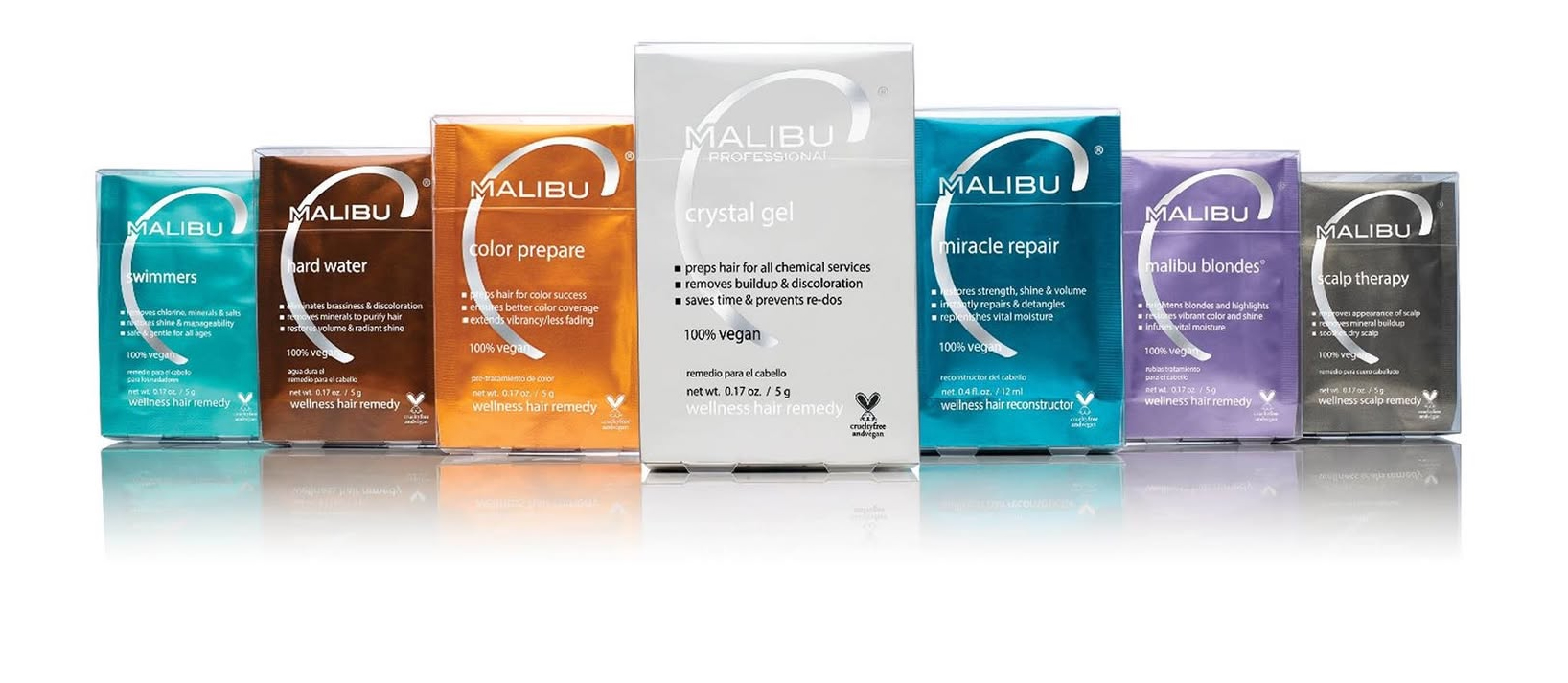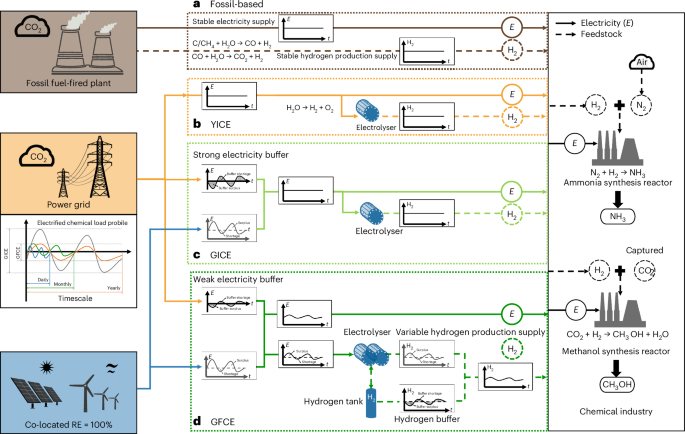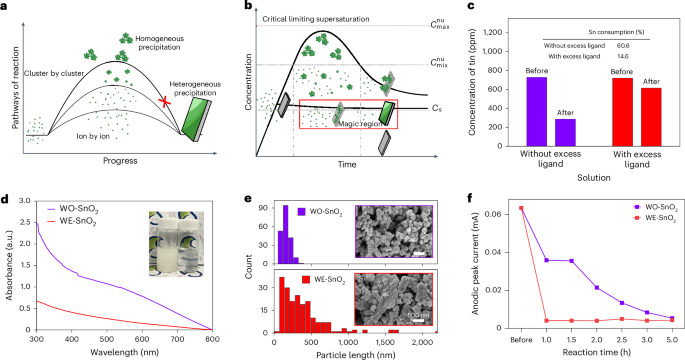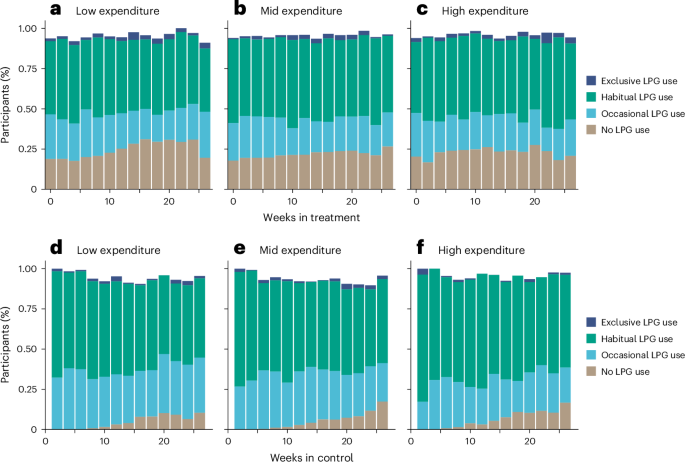Nitric Oxide‐Mediated Dual‐Functional Smart Titanium Implant Coating for Antibacterial and Osseointegration Promotion in Implant‐Associated Infections
Advanced Healthcare Materials, Volume 14, Issue 13, May 16, 2025.

The dual-functional smart coating with antibacterial and osseointegration-promoting properties is developed through the controlled release of high or low concentrations of nitric oxide (NO). This coating enables effective management of implant-associated infections by rapidly releasing high concentrations of NO to eliminate infection, followed by a sustained release of low-dose NO to promote osseointegration.
Abstract
The balance of antibacterial and osseointegration-promoting properties on titanium (Ti) implants in a simple and efficient manner is crucial for the management of implant-associated infections, a condition that has become a significant global health concern. Herein, a nitric oxide (NO)-mediated dual-function smart coating with antibacterial and osseointegration-promoting properties is developed for Ti implants. The coating leverages the distinct properties of NO at high and low concentrations to enable an on-demand functional switch. Specifically, antibacterial function is achieved through a rapid release of high-dose NO in response to the infection microenvironment and near-infrared stimulation. Once the infection is resolved and normal physiological conditions are restored, the coating gradually releases low-dose NO to promote osseointegration. In vitro tests confirm that the coating exhibits antibacterial ratio of 97.84% and 97.18% against methicillin-resistant Staphylococcus aureus and its biofilms, respectively, and demonstrates the ability to activate osteoblasts. The rat femoral implant-associated infection model further certifies that the responsive NO release mechanism of the coating efficiently facilitates the on-demand functional switch between antibacterial and osseointegration-promoting properties. Notably, the use of the dual-functional nonantibiotic agent, NO, significantly mitigates the risk of bacterial resistance.





















































































































































